Rainbow Leaf Beetle Facts
- Firstly, the term Rainbow Leaf Beetles serves as the common name for the gorgeous Chrysolina cerealis. But, this stunning invertebrate also goes by another common name. That holds true because it also goes by the name of the Snowdon Beetle. Whatever name one calls it by, it ranks as one of the most dazzling insects of its type in the world.
- However, this remarkable insect also finds itself in a situation similar to an increasing number of other species in the world. That’s because, while it inhabits a rather broad range, and in moderately large numbers, it finds itself threatened in certain individual regions of its endemic range. This terrible situation also continues to deteriorate.
- Therefore, though the IUCN does not presently have a listing for it, the local population in the United Kingdom now lists as Endangered. Further, the dangers it faces vary from region to region, as well as relative threat levels. But, one severe, and increasing, danger it faces in all parts of its range remains the global threat of climate change.
Related Articles

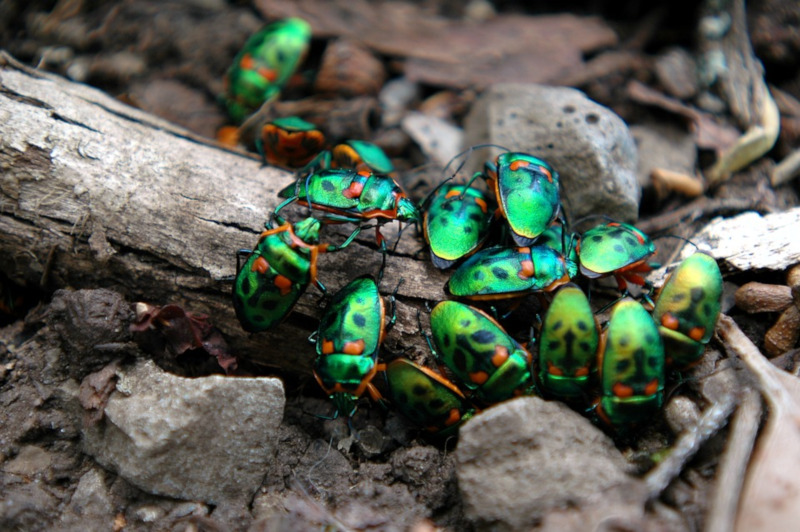
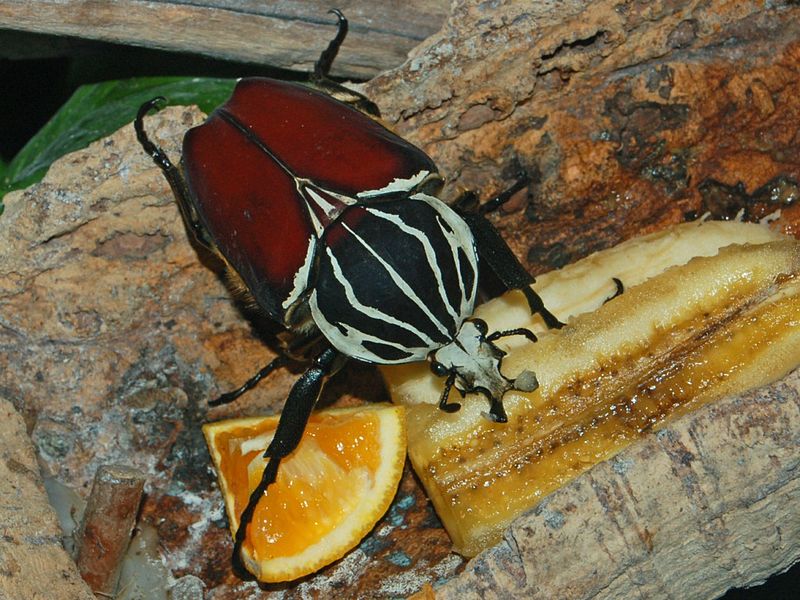
Rainbow Leaf Beetle Physical Description
Most notably, regardless of its extremely beautiful appearance, the Rainbow Leaf Beetle nevertheless remains a physically small variety of insect. Like many related creatures, it also displays a moderate degree of the principle of sexual dimorphism.
Furthermore, in its case, this occurs in the matter of sheer physical size. As a result, the females generally attain an overall body length of about 0.39 in (10 mm). Meanwhile, the significantly smaller males only reach an average length of around 0.22 in (5.5 mm).
However, its most remarkable characteristic, and the one that inspired its common name, remains its brilliant color scheme. While the exact pattern of coloring varies, the same colors predominate. These stunning colors include metallic blue, green, and red, with the presence of several longitudinal stripes as well.
- Kingdom: Animalia
- Phylum:Arthropoda
- Class: Insecta
- Order: Coleoptera
- Family: Chrysomelidae
- Genus: Chrysolina
- Species: C. cerealis
Rainbow Leaf Beetle Distribution, Habitat, and Ecology
The truly magnificent variety of Eurasian leaf beetle known as the Rainbow Leaf Beetle evolved as native to a specific region. But, that specific range also qualifies as somewhat large. It inhabits areas from Norway to northern Italy, from Ussuri in the east, and also Wales in the west.
It does have one factor going for it, though, in regards to its survival. That’s the fact that it possesses a high degree of adaptability in regards to its habitat. That’s because the insect inhabits areas of woodlands, forests, wastelands, meadows, and montane grasslands. This includes altitudes of up to as much as 1,968 ft (600 m).
It most commonly appears between the months of April and September, throughout its endemic range. It also lives in a harsh habitat, usually consisting of rocky areas known as scree. Both the larvae and the adult feed on several types of plants, generally preferring the flowers over the foliage.
Species Sharing Its Range
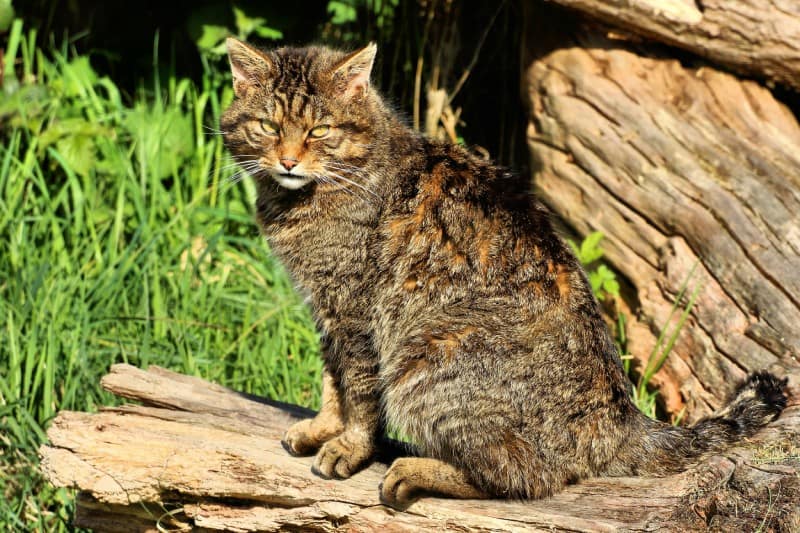
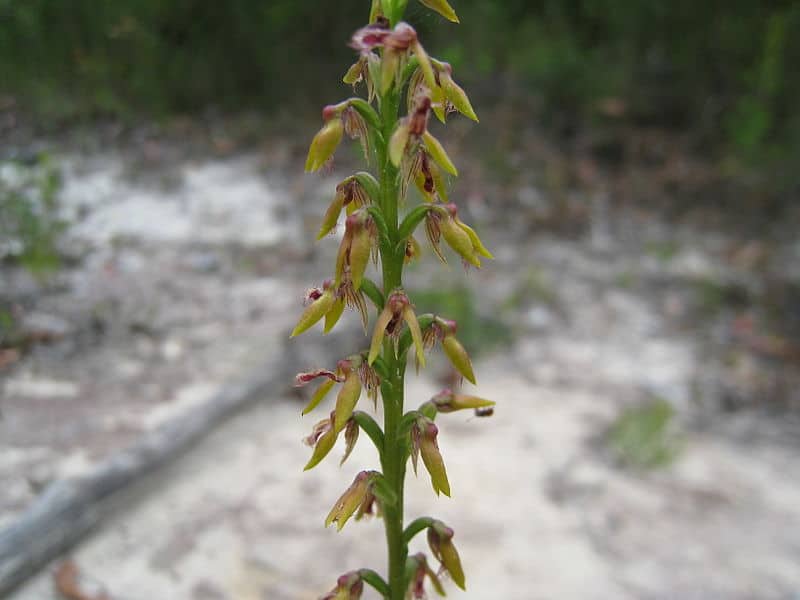
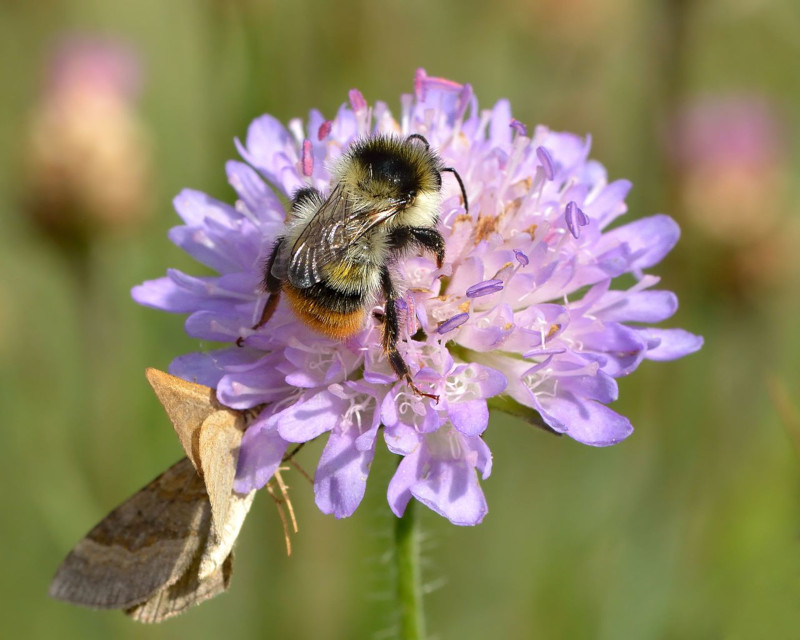
Check out our articles on Distinctive North American Woody Shrubs, Christmas Cheer, Kali Gandaki Gorge, Thorny Dragon, Red Veined Darter, Scythian Lamb, Purple Frog, Clouded Leopard
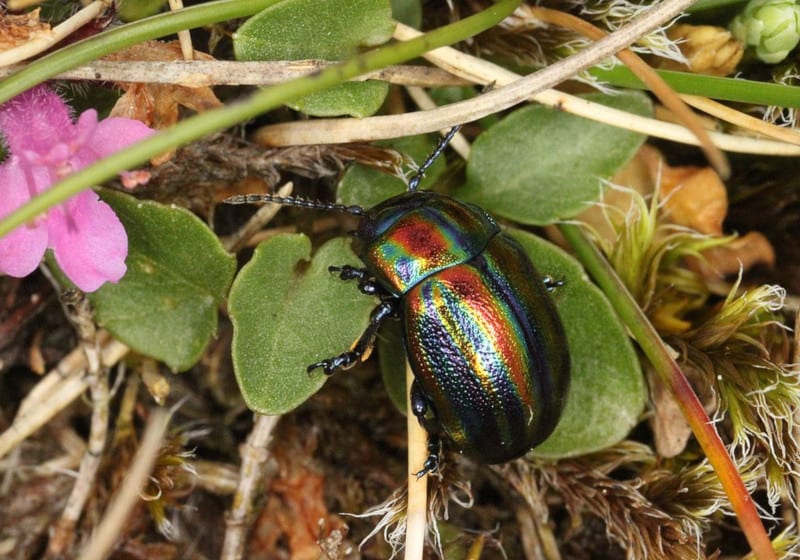
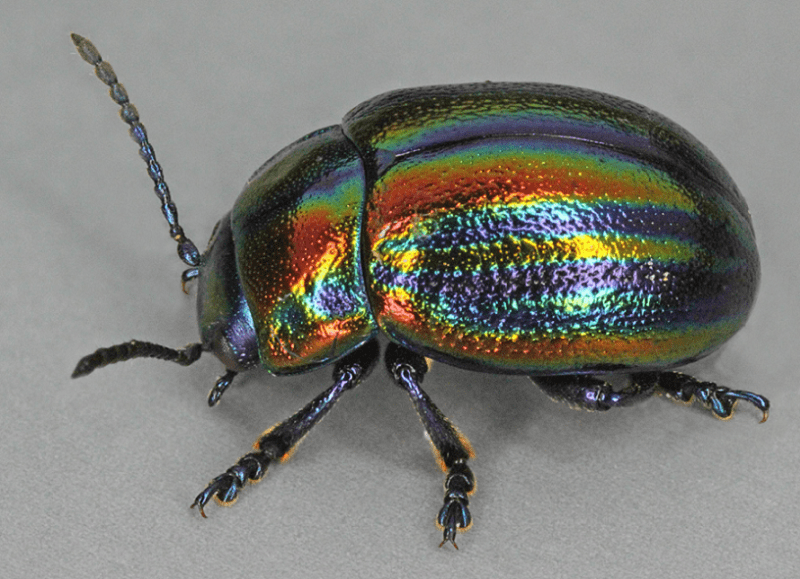
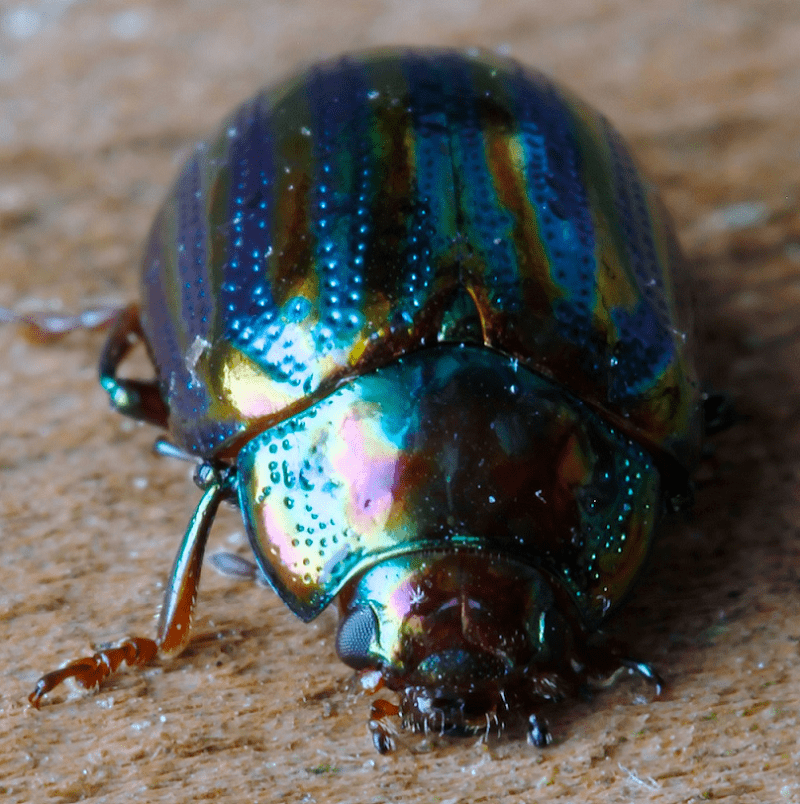









Is there anything known as to why this species is endangered? Have any measures been implemented to save them?
Hello Cameron,
While precise reasons for their decline in numbers have not been determined, the usual culprits of climate change, habitat loss, pesticide usage,etc., are believed to be the major contributors. As to actions to protect them…not in any widespread sense. However, in part of their range, they are now protected by Wildlife and Countryside Act in Great Britain.
Sincerely,
Todd
Hello my name is Gary just wanted to let you no we spotted rainbow leaf beetle in Sutton Coldfield and took picture.
I found one in my back yard. :))
Hello, Laney,
That’s wonderful! They are lovely creatures, to be certain.I hope that the experience brought you a smile!
Thank you for your message, we appreciate hearing from you.
Sincerely,
Todd
I was amazed to find several lavender bushes heavily populated with this beetle, in my front garden. They were all concentrated on the young lavender flowers and appeared to be feeding. This is in Norfolk. From what I read this beetle and its location is rare.
Am I highly honoured? I understand it is a protected species of beetle.
Hello Raymond,
That is awesome news! Given your location, I would definitely agree that you were honored to see this beautiful beetle, and so many, in your garden. And yes, it is indeed a Protected Species, under the Wildlife and Countryside Act, of 1981. Thank you for sharing this with us!
Todd